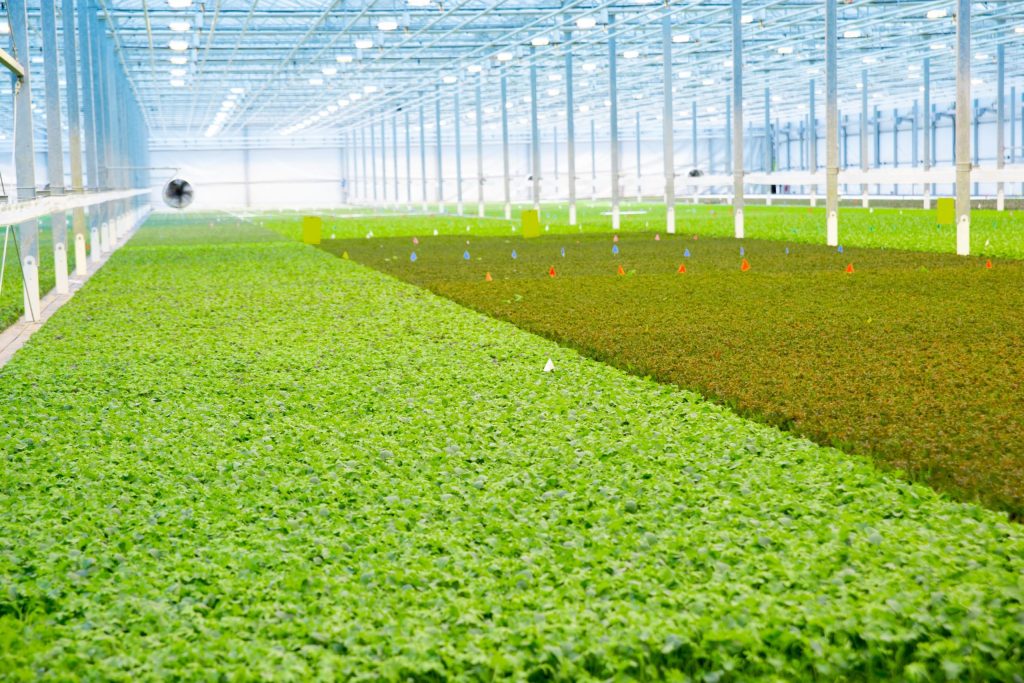The practice of growing plants in greenhouses has been around for centuries, offering controlled environments that extend growing seasons and protect plants from harsh weather conditions. Traditional greenhouse practices involve heating and cooling systems, supplemental lighting, and fertilizers. However, a more sustainable approach to greenhouse cultivation has emerged with the use of ozone. In this blog post, we will delve into how ozone is used to grow plants in a greenhouse and the remarkable benefits it brings to both the environment and crop production.
Ozone in Greenhouse Plant Cultivation
- Ozone Generation: Ozone (O3) is a naturally occurring gas that can be generated on-site within a greenhouse using specialized ozone generators. These generators use electrical currents to convert oxygen (O2) into ozone, creating a high concentration of ozone gas.
- Pest and Disease Control: Ozone is a powerful disinfectant and fungicide. When released into the greenhouse atmosphere, it effectively kills or inhibits the growth of pests, pathogens, and mold spores that can damage plants. This reduces the need for chemical pesticides and fungicides, leading to safer and more sustainable plant cultivation.
- Improved Air Quality: Ozone helps to purify the air in the greenhouse by breaking down pollutants and odors. This cleaner air benefits both the plants and the workers by creating a healthier and more productive environment.
- Enhanced Photosynthesis: Ozone-enriched air can promote photosynthesis in plants. When used in controlled concentrations, ozone stimulates plants to produce more chlorophyll, leading to increased growth and better yields.
Benefits of Ozone in Greenhouse Plant Growth
- Reduced Chemical Usage: One of the primary advantages of using ozone in a greenhouse is the significant reduction in the need for chemical pesticides and fungicides. This not only lowers costs but also minimizes the environmental impact.
- Higher Crop Yields: Ozone’s ability to stimulate photosynthesis can result in more vigorous plant growth, leading to increased crop yields without the need for additional chemical fertilizers.
- Cleaner and Healthier Environment: Ozone purifies the air in the greenhouse, creating a more hygienic and pleasant working environment for greenhouse personnel. It also eliminates odors and allergens.
- Water Conservation: Ozone can be used to treat greenhouse irrigation water, reducing the risk of root diseases and improving water quality, which is essential for healthy plant growth. This promotes water conservation as well.
- Improved Plant Quality: Plants grown in ozone-rich environments often exhibit better color, size, and overall quality, which can lead to higher market value.
Challenges and Considerations
Despite its numerous benefits, the use of ozone in greenhouse plant growth also presents some challenges:
- Proper Concentration Control: The concentration of ozone in the greenhouse must be carefully monitored and controlled to ensure that it remains within safe and effective levels.
- Equipment and Maintenance: Ozone generators and monitoring systems require regular maintenance and expertise to operate effectively.
- Regulatory Compliance: Adherence to local and national regulations concerning ozone use in agriculture is essential to ensure the safety of both crops and workers.
To combats these challenges, we have highly trained technicians with knowledge and replacement parts to keep your units up and running!
Utilizing ozone technology in greenhouse plant cultivation offers an innovative and sustainable approach to modern farming. By reducing the reliance on chemical pesticides and promoting healthy plant growth, ozone not only benefits the environment but also contributes to higher crop yields and better-quality produce. As the world seeks more eco-friendly and efficient agricultural practices, ozone’s role in greenhouse plant growth is becoming increasingly essential in shaping a greener, more sustainable future for agriculture.
More on using ozone in the agricultural industry can be found here: https://www.oxidationtech.com/applications/agri-food.html

